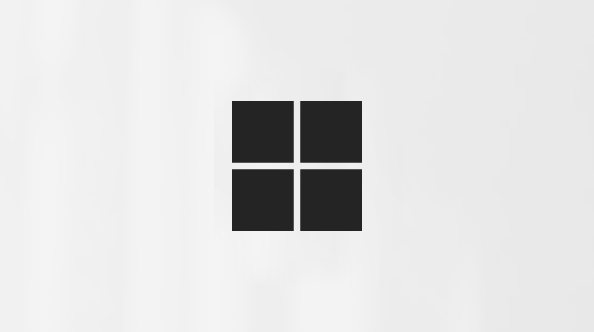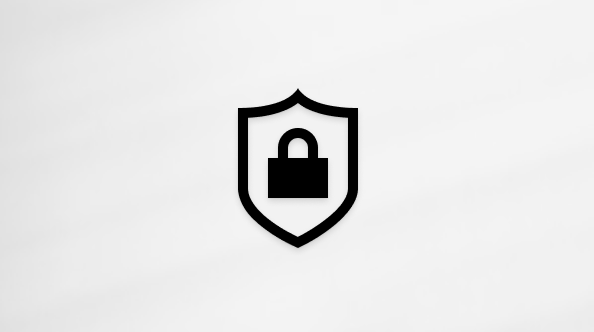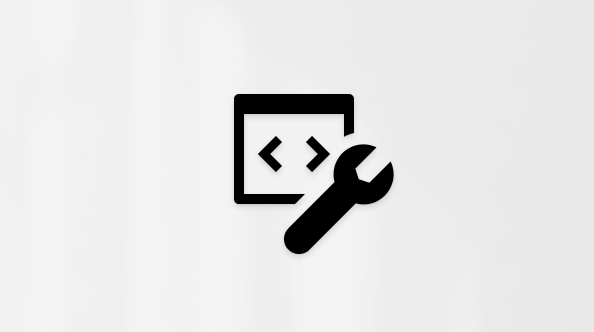Tips for producing large meetings and events in Microsoft Teams
Great virtual meetings and events don’t just happen—they require planning and preparation beforehand to deliver the best experience possible. From checking equipment to practicing transitions, a little bit of prep can prevent technical issues and keep your event running smoothly.
Here are some of our best tips for planning and producing high-quality meetings, town halls, and webinars in Microsoft Teams.
Get started
Download Microsoft Teams for desktop for the most reliable meeting and event experiences. Enjoy full feature access and superior performance. Update Teams for the latest security features and bug fixes.
Plan event production
Before an event starts, establish roles and responsibilities, rehearse presentations, and set up necessary communications for use during the event. For a smooth set up, follow the practices below.
-
Always have more than one person in the event group. Assign roles and responsibilities—talk through who’s responsible for each step of the operation, from producers and presenters to Q&A moderators
-
Plan your event group communication. Real-time communication is critical for large meetings and events. The event group chat (available for the organizer, producers, and presenters) is a great way to stay in touch.
-
Practice. Run through the event to check presentations, practice transitions, and test audio and video settings. Watch the attendee experience live to ensure a great experience for your audience.
Tips: For hybrid events:
-
Conduct a site survey in advance. Validate the room’s AV infrastructure, Teams integration, and physical layout.
-
Test and verify that all in-room equipment works (MTR console, microphones, cameras, speakers, displays, control panels).
-
Document the room’s signal flow (audio, video, network) and identify any limitations or quirks.
-
Update firmware and software on all Teams-certified hardware and ensure compatibility with the latest version of Teams.
-
Ensure there is a wired Ethernet connection available for all devices used in production (Teams PC, vMix machine, etc.).
Set up audio, video, and shared content
Using high-quality audio and video equipment is crucial during large meetings and events. Set up high-quality mics and webcams or meet from a Teams room for hybrid experiences. These tips will help you communicate clearly with your audience and presenters during the event.
Audio
-
Don’t overlook audio quality, it’s the most important part of a great event. Some people may just listen with the browser in the background.
-
Use high-quality microphones. Wearable mics are ideal for less-experienced presenters; handheld mics require practice and technique to avoid handling noise.
-
For presenters using a computer or other device, use a Teams-certified headset.
-
For in-room presentations, test room audio in advance to prevent noise or feedback from being transmitted online.
-
Add audio to the event using any audio capture device that’s compatible with balanced audio (XLR connectors) or headphone-style 1/8” plugs and lets you plug into the computer running Teams via USB.
-
Alternatively, use a high-end AV system and connect the HDMI or SDI output of that system into Teams using a basic video capture device like an HDMI-USB box.
Tips: For hybrid events:
-
Test in-room and online audio setups separately before going live.
-
Use independent microphones for in-person and virtual audiences but make sure only one dominant audio source is connected to the meeting platform.
-
If multiple people are using in-room devices join, have them disconnect their computer's audio to prevent echo or feedback.
-
Bring extra microphones (e.g., handhelds, lavaliers) for panelists or roaming Q&A.
Video
-
Light your subject well—you can’t have too much light for most cameras. Lighting can be the difference between a production being perceived as professional or amateur.
-
Use three lights to illuminate your subject: a key light, fill light, and back light to provide good depth.
-
HDMI capture devices can also be used to stream the output of a computer (PC or Mac) into Teams — ideal for showing high-quality videos, software demos, or motion graphics as if they were a camera feed.
-
Don’t connect an HDMI input directly into a Teams meeting, as Teams doesn't natively support HDMI sources. Instead, use an HDMI capture device to bring HDMI video into your computer, where it can appear as a virtual camera in Teams. For example, this setup allows you to connect a prosumer camera with superior optics and zoom via HDMI, enhancing the video quality of your meeting.
Share content from your screen
Screensharing during an event is a great way to demonstrate products and workflows or walk your audience through important resources.
These tips will help you present content effectively while producing your event.
If you’re the sole event producer, we recommend using two monitors. This allows you to share content from the second monitor while producing the event from first monitor.
Share audio from your device when you’re presenting media.
For more guidance on presenting in large meetings, see Tips for presenting in large meetings and events in Microsoft Teams.
Production flow and day of event
-
On the day of the event, we recommend the event group joins at least 15 minutes before the event starts.
-
Use the green room to prepare with other organizers and presenters before the event starts. Check all mics, cameras and feeds.
-
Leave all audio muted until you’re ready to start presenting live at the start of the event.
-
Assign someone to watch both in-room and virtual feeds for issues.
Plan for technical issues
Technical issues can happen, even with the best preparation. A solid backup plan ensures your event keeps running smoothly if something goes wrong.
-
Always have a second producer who can take over if the primary producer drops out or faces technical issues.
-
Keep a spare laptop with all slides and media preloaded and tested. Have extra microphones, webcams, and cables ready in case of hardware failure.
-
Use a secondary internet connection, such as a mobile hotspot, if the main connection goes down. Test the backup connection before the event starts.
-
Pre-record critical presentations so you can quickly switch to recorded video if a presenter loses connectivity.
-
Microsoft Teams will send out a join link when the event is created. Instead of sharing the direct calendar link, create a custom URL like Bit.ly to share with attendees.
-
If a technical issue or producer error requires creating a new broadcast, quickly update the custom URL to point to the new event without needing to recontact attendees.
-
Need more assistance?
Microsoft Teams Event Services can provide more support with planning or running your large meetings and events. To learn more, see Microsoft Adoption.
Related topics
Best practices for large meetings and events in Microsoft Teams










